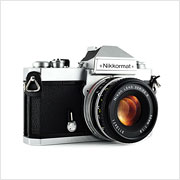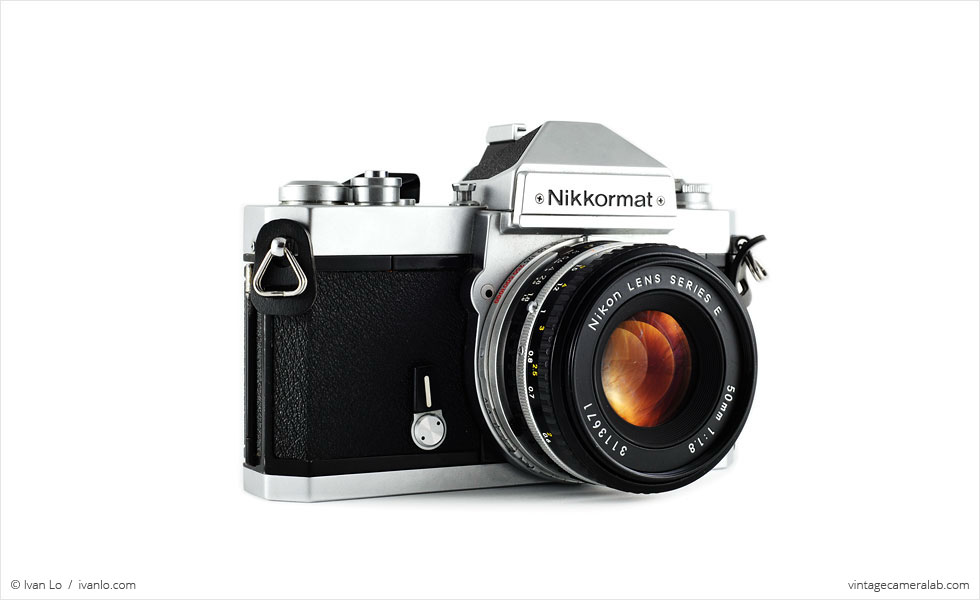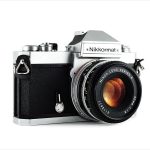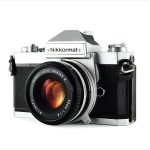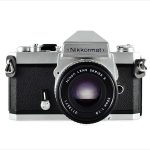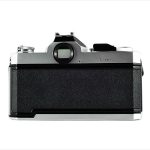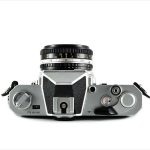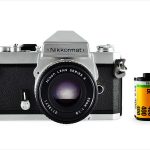Nikon Nikkormat FT3 Specifications
| Manufacturer: | Nippon Kogaku Tokyo K.K. |
| Origin: | Japan |
| Made in: | Japan |
| Introduced: | 1977 |
| Type: | Single Lens Reflex |
| Lens Mount: | Nikon F-Mount |
| Format: | 135 Film |
| Dimensions: | 14.3 x 9.5 x 4.8 cm (body only) |
| 14.3 x 9.5 x 8.5 cm (with lens) |
Nikon Nikkormat FT3 Overview
In terms of serious cameras, this is my genesis: the Nikon Nikkormat FT3. My father bought this beautiful camera as a young man in Hong Kong and gave it to me when I began getting serious about photography in college. I’ve spent many hours shooting with this camera and have even lugged it overseas on assignment to various developing countries as my backup and film body. It’s been a sturdy and dependable friend for many years now and has taught me many things about photography, the most important of which is patience.
My father gave this camera to me with a Nikkor 50mm f/1.8 Series E attached and it’s still the lens I use on it 99% of the time due to its great combination of image quality and size. In fact, this lens played such an important role in my formative years as a photographer that I’ve reproduced its focus distance scale and printed it on my business card.
Unlike most SLRs of its era, the shutter speed selector is on the lens mount instead of the top plate, a design choice that makes it very easy to adjust your settings without ever having to take your eye off the viewfinder. This also serves to minimize clutter on the top plate, freeing it up for (from left to right) film rewind knob, exposure meter window, depth of field preview button, frame counter, shutter button, and film advance lever. The design is elegant and the controls are thoughtfully laid out; you can tell that someone put a lot of thought into making this camera user-friendly.
I have every confidence that my FT3 will far outlast my Nikon D700 or any other DSLR I happen to own in the future. In these days of instant gratification and digital devices, there’s something deeply comforting about having a mechanical film camera for those times when you just want to slow down.
Find your very own Nikon Nikkormat FT3 on eBay.
McKeown, James M. and Joan C. McKeown’s Price Guide to Antique and Classic Cameras, 2001-2002. (Grantsburg, WI, USA: Centennial Photo Service, 2001), p 496.
